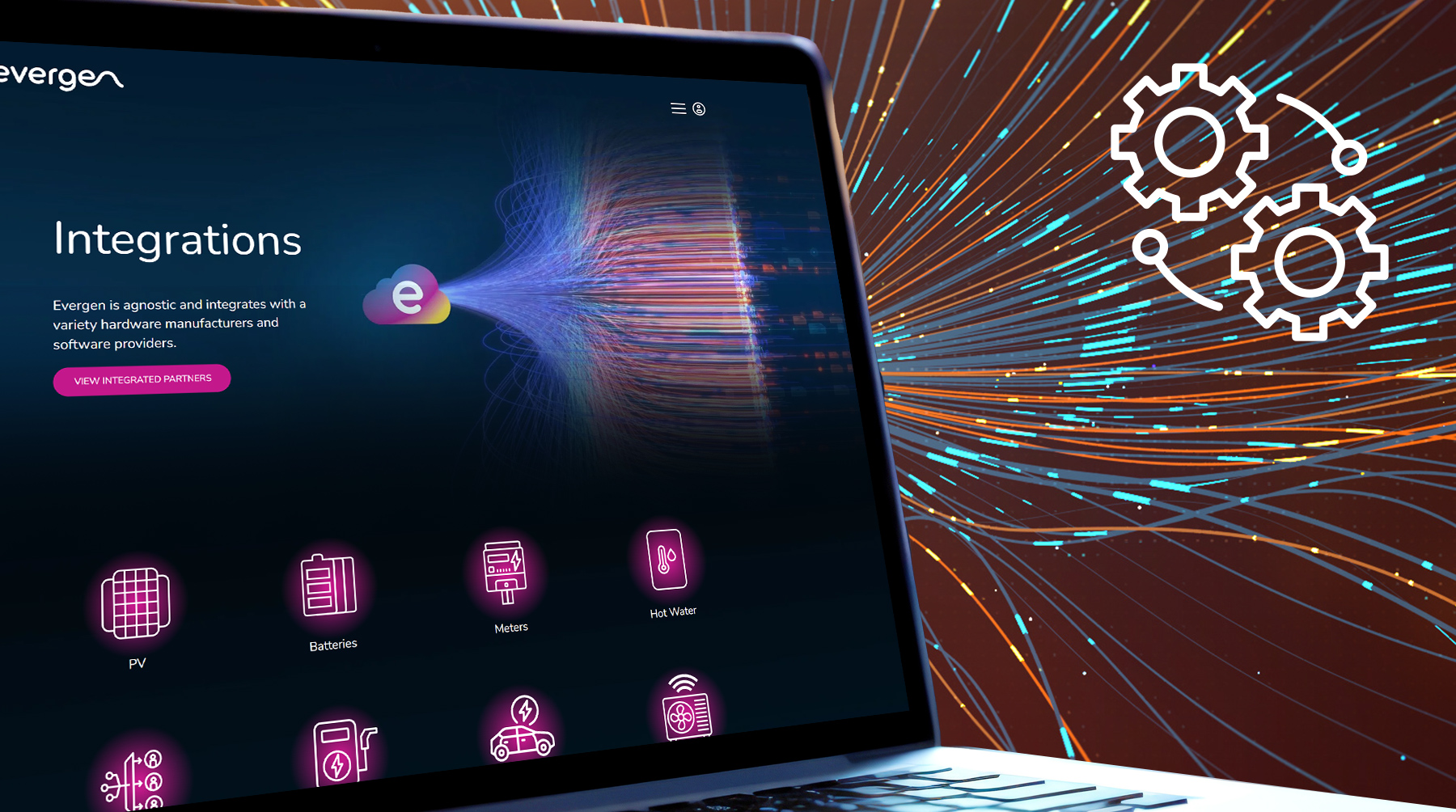Written by Rakhesh Martyn VPP Product Manager at Evergen
What if every new development had a Home Energy Management System (HEMS)?
If executed well, it could take significant pressure off both the grid and household budgets.
A HEMS allows for automated management of multiple energy-consuming assets within a home. In partnership with market-facing aggregators or retailers, it could enable people to reduce their power consumption at peak times – and save money – while still living the way they’d like. For example, a person could specify their comfort boundaries for indoor temperature during peak periods of the day, and the management system would take care of it by pre-cooling during off-peak periods.
It sounds pretty appealing, but to date, technology that can achieve these aims in households hasn’t taken off at scale. That’s despite the fact that the concept of demand response (DR) – be that through load curtailment or use of Distributed Energy Resources (DERs) – has been around for close to two decades.
The largest behind-the-meter aggregators still steer clear of residential DR. They have core market knowledge and sophisticated systems, but still consider it too difficult to thrive in the residential market because they are ultimately paid for every unit of energy they offset or generate. In a home, the return is too low relative to the cost of customer acquisition.
It is difficult to sell the concept of centrally-controlled power to people. Despite the high cost of cooling Australian homes in summer, many Australians like to turn on their air conditioner to their desired temperature on a hot day. They are not prepared to forego comfort to lower cost, which is understandable.
That could change if improved technology allowed suppliers to achieve residential scale and offer more flexibility for customers. If a cloud-based HEMS allowed people to set a spectrum of temperatures they were comfortable with, people could relax with the knowledge that their home cooling could be intuitively set within that range on hot days. The owner of the home wouldn’t have to do anything following that initial setting; the aggregator could play with the settings to ensure that energy costs were minimised within the owner’s stated comfort boundaries.
In commercial settings, this is not uncommon. Areas are pre-cooled to the lower end of an agreed temperature range, such as 18-24 degrees Celsius, during off-peak hours. The cooling system is then switched off at peak times, which reduces pressure on the grid and costs to the building tenant, all whilst ensuring that air quality metrics are honoured through use of the air-handling unit. For example, if you knew that demand charges were highest from 4pm-7pm, you would pre-cool the building to 18 degrees in the early afternoon and turn off the air conditioning automatically just before 4pm. Given that temperature is not being actively managed at peak times, you can minimise your demand charge and also help the grid, as high demand charges tend to correlate with periods of highest grid stress.
This concept could be applied to new homes via a HEMS. A household would hand over the keys to its energy use to a supplier within reason, and tell them to keep parameters within a specified range. On the supplier side, cloud-based technology could allow them to achieve scale with maximum efficiency.
If every new development had a HEMS, households could reduce their power bills and their impact on the broader energy system. The key is making sure the technology is flexible enough to build trust for consumers, can be delivered at scale, and isn’t encumbered by ham-fisted regulation. By 2030, we may well be there.




